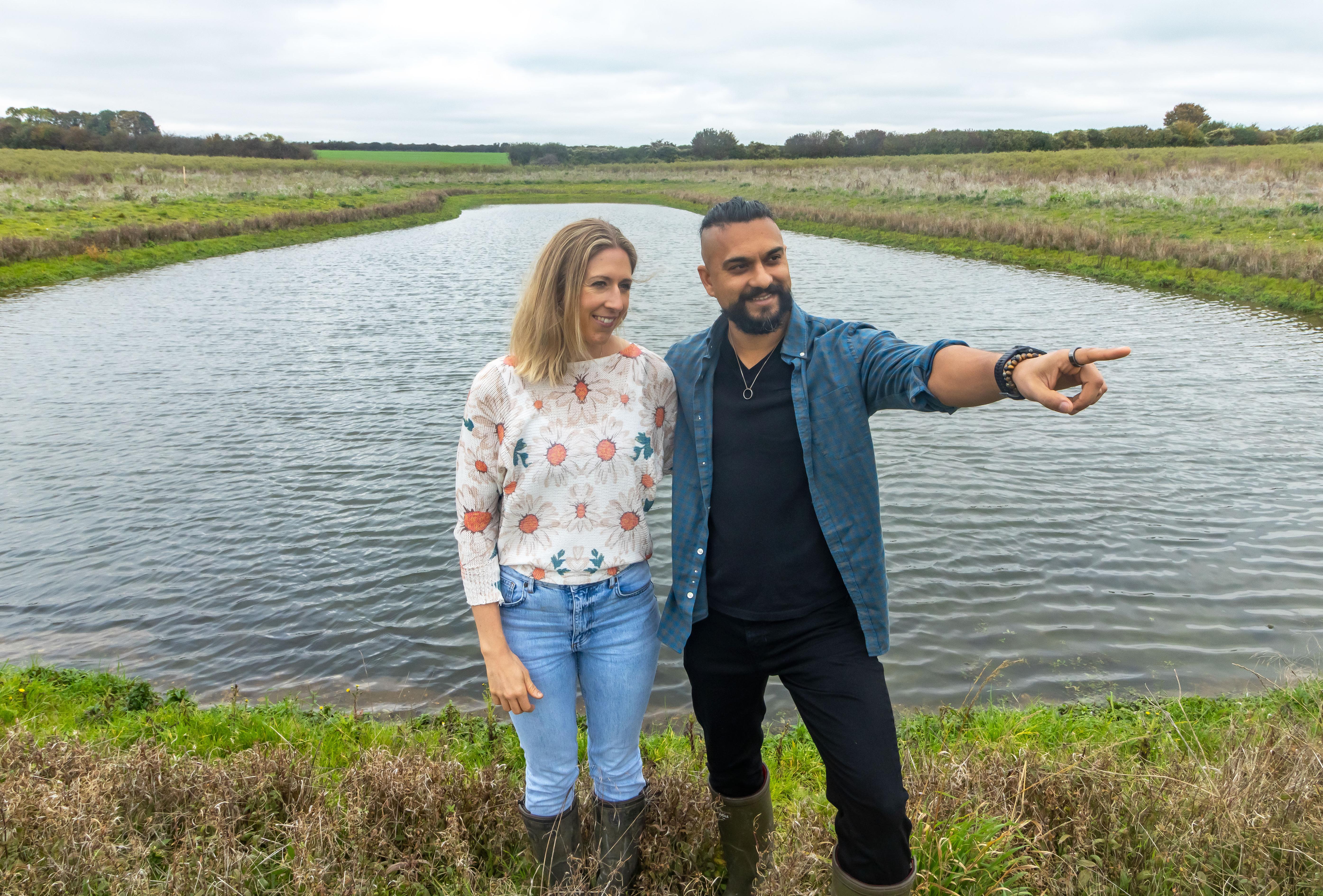Protecting wildlife is key to unlocking much needed new homes

A new habitat bank to protect and enhance Dorset’s precious wildlife has been made possible thanks to new planning rules.
The habitat at The Ferals in Tarrant Keyneston, near Sturminster Marshall is the second site to be secured by Dorset Council to help meet the county’s environmental and housing needs.
Dorset Council has been working with landowners to identify habitat banks to ensure no nature is lost through development, while allowing much needed homes to be built.
Cllr Nick Ireland, Leader of Dorset Council and Cabinet member for Climate, said: “It is fantastic to see the establishment of The Ferals habitat bank.
“These habitats are a major step forward in our mission to balance the urgent need for housing with our commitment to protect and enhance Dorset's natural environment.
“By securing sites like this, we can ensure that housing development in our county goes hand in hand with nature recovery.”
The need for housing can put pressure on natural environments, but new government rules state nature should not only be protected but also improved.
To get planning permission most development projects must leave nature in a better state than they found it.
By creating habitat banks, Dorset Council is helping developers to achieve that aim.
Habitat banks are special areas of land that can be improved for wildlife to make up for natural habitats lost during construction.
Developers can buy ‘biodiversity gain units’ from these sites to meet their planning requirements and help nature recover and thrive in the local area.
Akshay Sanghrajka of The Ferals, said: “We’re turning intensively farmed land back into living, breathing habitats. Signing this agreement with Dorset Council is more than paperwork — it’s a promise that our landscapes will be richer in wildlife and more resilient for future generations.
“Nature recovery and new homes don’t have to be at odds. By creating space for skylarks, wildflowers, and wetlands, we’re helping to make sure that Dorset’s future growth goes hand in hand with thriving wildlife.”
The Ferals habitat bank spans 100 hectares and is a mix of arable land with small areas of tussocky grassland and scrub, with potential to become a valuable space for nature.
Under a new agreement with the council, the landowner will carry out activities to improve the area for wildlife over the next 30 years.
These include creating species-rich wildflower meadows with a mosaic of scrub and scattered trees to help wildlife thrive, while still allowing the land to be used for farming.

Comments
0 Comments